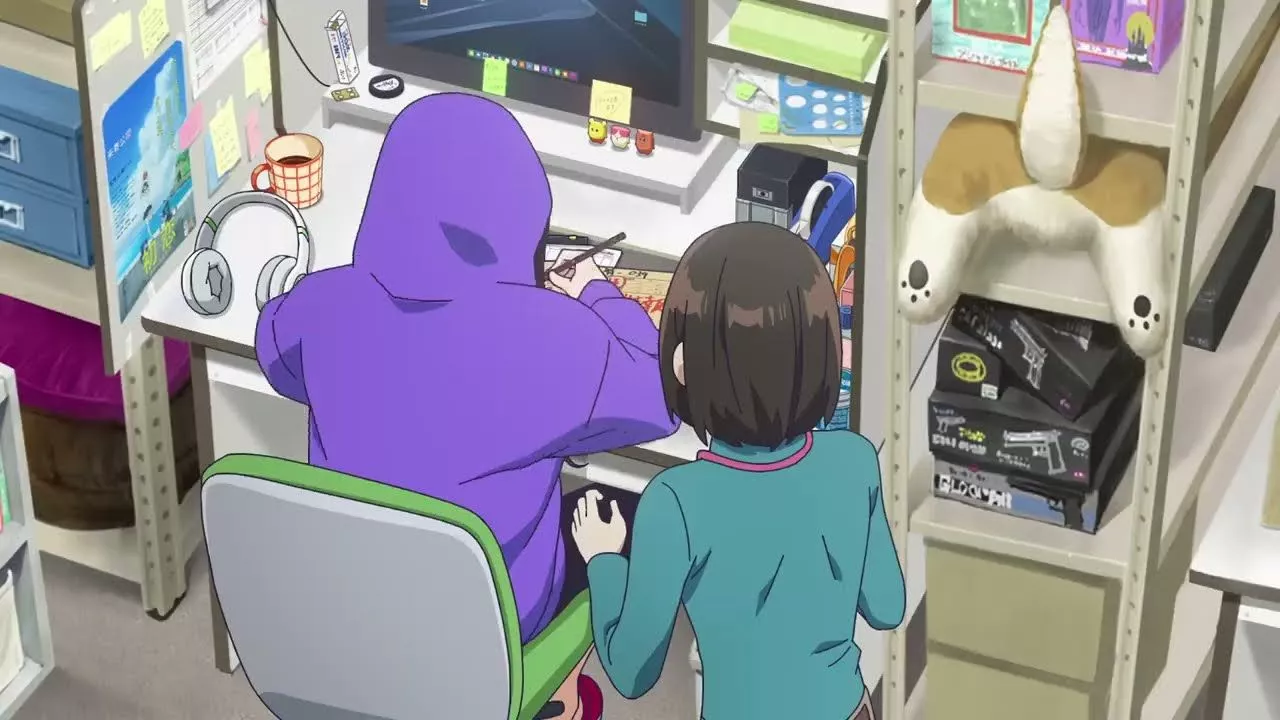Japan’s low-paying anime industry wrestles with exodus of animators

Though pay rises 80% over 10 years, animators are still choosing to leave for the game industry
Japan’s anime industry has long been sustained by animators willing to work for meager wages for the sake of their craft. However, it can take months for compensation to filter through to illustrators and voice actors. Actors often wait six months or longer to get paid
This definitely contributes to studios simply not paying animators and actors at times, when delays like that are considered standard.
Given how time crunched and sleep deprived animators are it’s easy to see how sometimes they’d simply forget they were due payment for work done so long ago.
Workers are also often employed over the phone or via messaging apps without formal contracts, leaving it unclear how much, or even whether, they’ll get paid.
The new law on freelancers forces companies to provide written contracts, including details on pay, to all workers. Businesses are now prohibited from demanding extra work without promising additional pay and are also required to pay workers within 60 days. The government is stepping up surveillance, and regulators are also inviting workers to blow the whistle on law-breaking activity.
There is a lot of additional work required to turn such a law into reforms that are felt across the industry – animators need to be aware of the law to begin with, they need to bring their complaints to the relevant bodies and need to be able to document and substantiate their claims – but it this is actually something.
One thing that it won’t do is “raise wages for animators” in the way most people are hoping, but it is pretty vital for stopping abuse and exploitation of animators / voice actors and making them work for free.
And there’s also no chance for industry wide change without starting at the bottom, either. If the government shows it’s serious about this aspect, then it provides increased incentives for larger studios to make changes in advance of public pressure and the government arriving at their door step.
In some ways, given this is Japan, perhaps one of the most important things is that the government is suggesting the “gentleman’s agreements” that govern the regulation of the industry are changing, in which case you will see unexpected widespread shifts over time.
Production studios have already been turning to overseas labor, with Toei Animation sending 70% of its animation work to a branch in the Philippines

熱門頭條新聞
- S8UL is the only Indian org selected for Esports World Cup Foundation’s Club Partner Program 2025 among 40 top global teams
- Blood Strike 1st Anniversary
- INDIE3:Best Indie Games Summer Showcase is Back in 2025!
- The world’s first ‘yoyovania’ Pipistrello and the Cursed Yoyo launches 28th May, coming to PC and Consoles
- Will AI revolutionize 2D animation ?
- Japan’s low-paying anime industry wrestles with exodus of animators
- Gamescom 2025 – Submissions Are Open Until April 9th
- Salary transparency: InnoGames salaries remain stable at a high level
